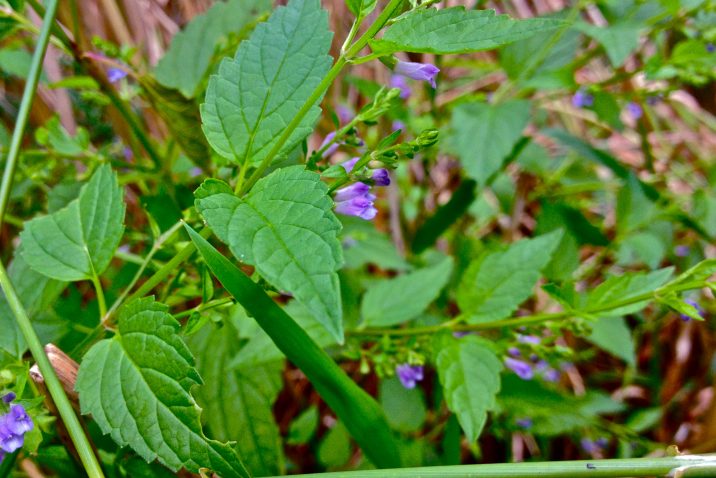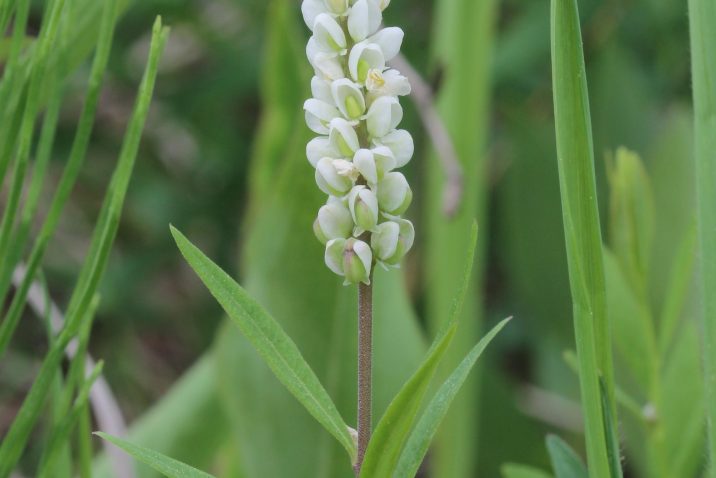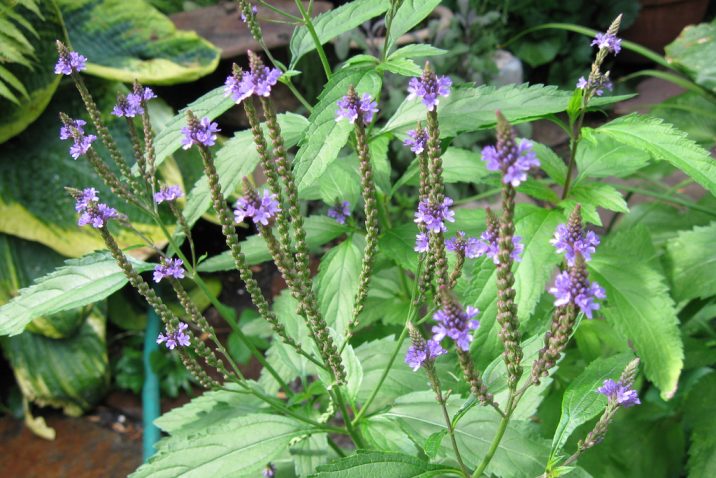Scutellaria laterifolia Part Used: Aerial parts. Constituents: Scutellarin, a flavonoid glycoside and many other flavones. Iridoids; catalpol is present Volatile oil and waxes, mainly C3l, C33 and C35 hydrocarbons Tannins Actions: Nervine tonic...
Ulmus fulva Part Used: Inner bark. Constituents: Mucilage, composed of galactose, 3-methyl galactose, rhamnose and galacturonic acid residues. Actions: Demulcent, emollient, nutrient, astringent, anti-inflammatory. Indications: Slippery Elm Bark is...
Polygala senega Aristolochiaceae Names: Senega Snake Root Habitat: USA Collection: Part Used: Rhizome. Constituents: Triterpenoid saponins based on the aglyuconespresenegenin, senegenin, hydroxysenegin, polygalacic acid and senegenic acid. Phenolic...
Collinsonia canadensis Labiatae Habitat: Canada. Collection: Roots and rhizome are unearthed in the autumn. Part Used: Root and rhizome. Constituents: * Essential oil * Tannins * Saponins * Alkaloid *Resins * Organic acid Actions: Anti-lithic...
Drosera rotundifolia Droseraceae Habitat: Grows throughout Europe on wet heaths, moors and sphagnum bogs, especially in Wales. Collection: The whole of the plant is gathered during the flowering period in July or August. Part Used: Entire plant...
Viola odorata Violaceae Names: Violet. Habitat: Widely found in Europe and Asia. Collection: The leaves and flowers are gathered in the spring, in March and April. Dry with care. Part Used: Leaves and flowers. Constituents: Phenolic glycosides...
Thymus vulgaris Labiatae Names: Common Thyme, Garden Thyme Habitat: Thyme is indigenous to the Mediterranean region, and cultivated widely.. Collection: The flowering branches should be collected between June and August on a dry sunny day. The...
Melaleuca alternifolia Myrtaceae Names: Tea tree Habitat: Swampy, low lying wetlands in New South Wales, Australia. Collection: Part Used: Essential oil. Constituents: Essential oil containing a range of terpenes and sesquiterpenes. Actions: Anti...
Valeriana officinalis Part used: Rhizome, stolons & roots. Constituents: A range of unique chemical constituents have been found, but as with all herbal remedies it is a mistake to try to understand the plant from these chemicals alone. The...
Verbena officinalis Part Used: Aerial parts. Constituents: Iridoids, verbenin, verbenalin and bastatoside Miscellaneous; essential oil, mucilage and others. Actions: Nervine tonic, sedative, anti-spasmodic, diaphoretic, hypotensive, galactagogue...











